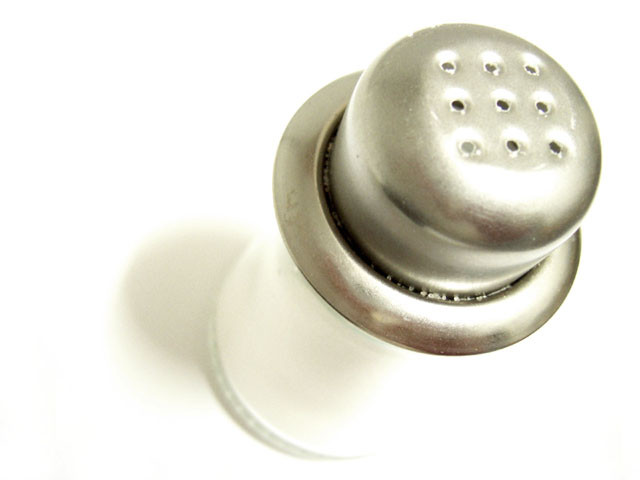Mapped out: Health Ministry automates salt iodisation monitoring
Experts say the move will reduce data collection costs, help form policies.

The Ministry of Health launched a Geographic Information System (GIS) to monitor and improve salt iodisation programmes across the country. The new system is being implemented under technical and financial support of the Micronutrient Initiative (MI).
Due to lack of statistical data on the use of iodized salt, the government was facing hurdles in making policies, said Executive Coordinator of The Network, Dr Arif Azad, while talking to The Express Tribune. He said the implementation of GIS to provide statistics on iodized salt across the country has been “a significant development and will help dig out loopholes in the system”.
Ministry of Health’s National Program Manager of nutrition wing, Dr Baseer Khan Achakzai, said under the project, an easy-access interactive digital map identifying salt processors across all provinces of Pakistan and Azad Jammu and Kashmir has been developed. The baseline data covers geographic locations, contact details and production of adequately iodized salt from 1,353 salt processors. Data will be collected from these sites every month, which will ensure accurate and valid reporting. The use of GIS will significantly reduce travel time and cost of data collection, he added.
Dr Achakzai said that consumption of iodized salt is essential for people of all ages, especially for mothers and children under five years of age. Iodine deficiency in mothers can result in miscarriages and low birth weight of newborns. He said that children born with iodine deficiency suffer from low Intelligence Quotient (IQ) and congenital abnormalities like deafness, dumbness and stunted growth, among others.
Past salt immunisation programmes have helped promote use of iodized salt, as over the past 10 years, the percentage use of iodized salt in the country has increased from 17 to 80 per cent, said Dr Achakzai. At present, around 23 per cent children under the age of five are iodine deficient, along with 37 per cent of people aged between 15 to 49 years, he said.
Responding to a question, Dr Achakzai said the iodine deficiency control disorder bill 2009 has been finalised but not implemented due to devolution of ministries under the 18th amendment. The delay in implementation of the bill is putting over 60 per cent of the population at risk of Iodine Deficiency Disorders (IDD), he said. “The bill should be passed on a federal level so that the provinces have uniformity in its implementation,” he added.
Published in The Express Tribune, March 31st, 2011.


















COMMENTS
Comments are moderated and generally will be posted if they are on-topic and not abusive.
For more information, please see our Comments FAQ